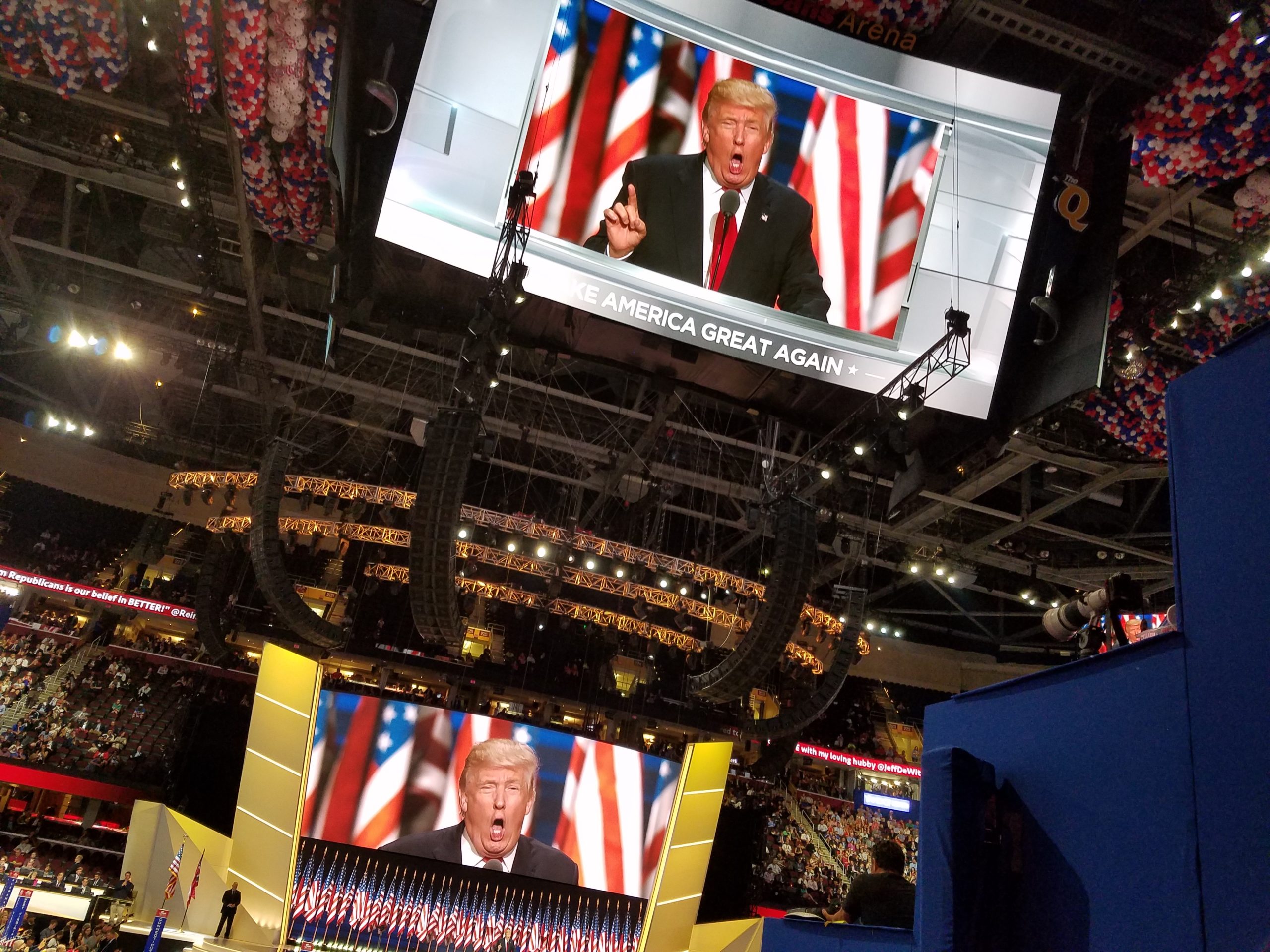Speechwriting, now!
September 16, 2020
My wife came to me needing help with a speech. We had 10 minutes to work on it. It turned out perfect. Here's how.
From a 2015 post on my personal blog, Writing Boots. —DM
My pals were meeting me at the corner tavern in 15 minutes, when my wife came to me needing help writing remarks for a memorial service two days hence. Being the editor of Vital Speeches of the Day magazine and the executive director of the Professional Speechwriters Association, I was clearly obligated to help. Being just another asshole husband, I said, “REALLY? Now?!”
The tavern is a five-minute walk. The speech needed to be about three minutes long. We had to write it in 10 minutes. This wasn’t a writing assignment, it was a story problem!
Huffily, I pulled the laptop across the kitchen table, opened a new TextEdit doc—TextEdit feels like taking notes rather than than Composing a Draft, and frees my frozen fingers—had Cristie sit across from me and said as if at the funeral itself, “And now we’d like Cristie Bosch to say a few words about Chloe.”
Cristie smiled, but I looked at her exactly as all the faces would be looking at her if she had indeed just been put, spontaneously, on the spot: earnestly and expectantly.
She started talking. I started typing. She opened with a naturally funny line about sharing a birthday with Chloe. A birthday, and cigarettes.
She told about the moment she first realized Chloe’s unique gift, she relayed a story that backed that up—a story specific enough to actually mention a book called The Runaway Bunny—also naturally funny. She talked about another happy chapter in her relationship with Chloe and backed that up with another story.
She had her act amazingly together, though I don’t think she knew it until that moment. I helped by shaping the phrasing just a bit, inserting a few rhetorical devices, drawing bright lines around themes and repeating some language at the end that she’d used in the beginning, for that pleasing literary echo effect.
I also suggested some turns of phrase that Cristie immediately rejected on grounds that they were too purple for her taste or gilded the lily unnecessarily. I acceded to her instincts unquestioningly, of course.
Within 10 minutes, we had a three-minute talk that, after Cristie rehearsed it a few times, deeply touched the family and educated everyone else about the real character and best spirit of a woman who was gone forever.
In this process, there were a lot of factors in our favor, not least of all 21 years of intellectual and emotional chemistry between her and the speechwriter, a common knowledge of the compelling subject in question and of the audience as well—and, always helpful, an urgent deadline.
Still, it occurred to me that at its essence, this is how the best speech collaboration is done: The speaker is pressured to say what he or she really thinks. The speechwriter writes it down verbatim, perhaps suggesting minor improvements in real time, perhaps waiting until afterward to do strategic adding and subtracting, filing and sanding.
It worked insanely well for my wife and me. It also worked for President Lyndon Johnson and his speechwriter Horace Busby, who collaborated this way to create one of Johnson’s greatest speeches.
And I arrived at the J&M Tavern just as my pals were pulling up.



